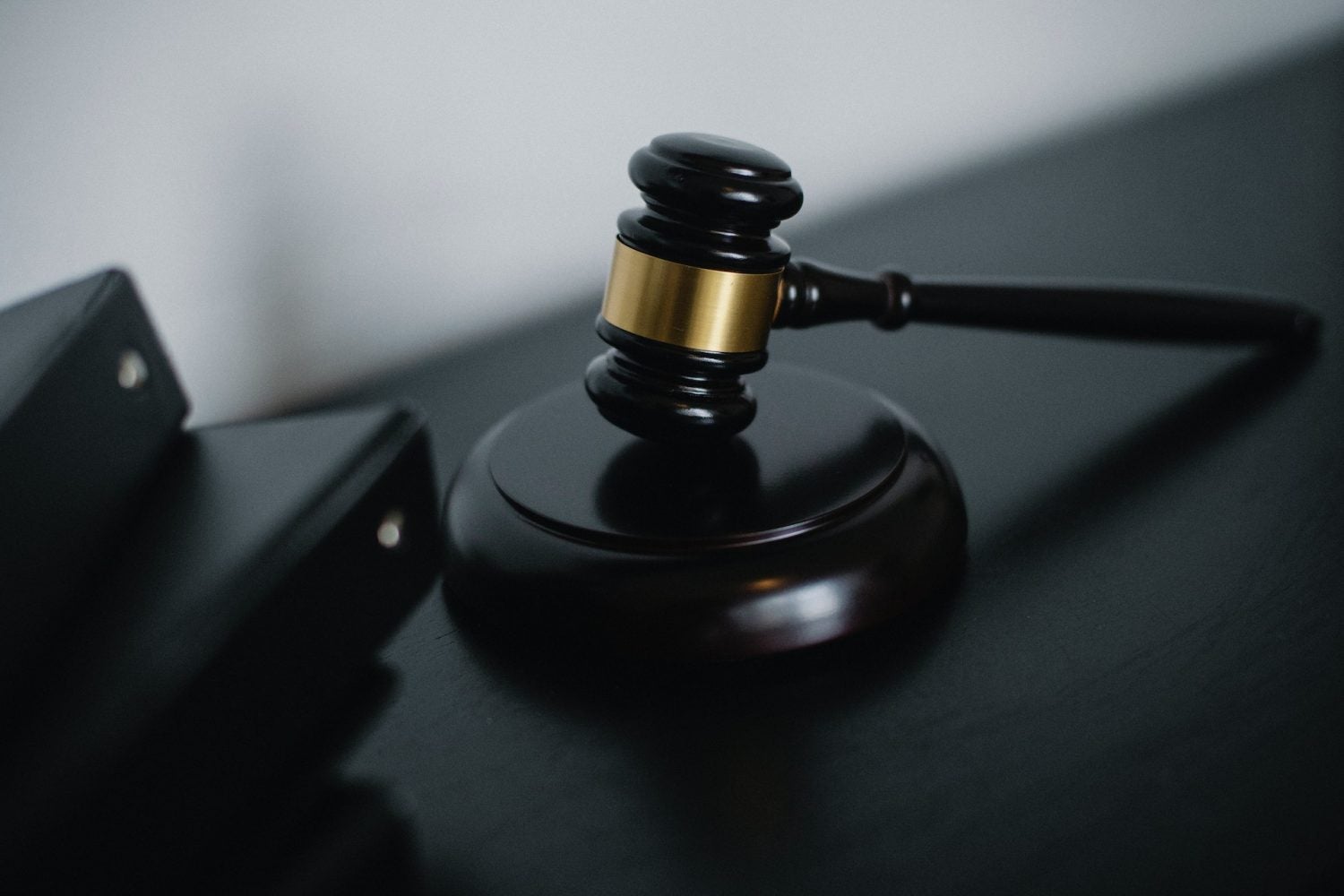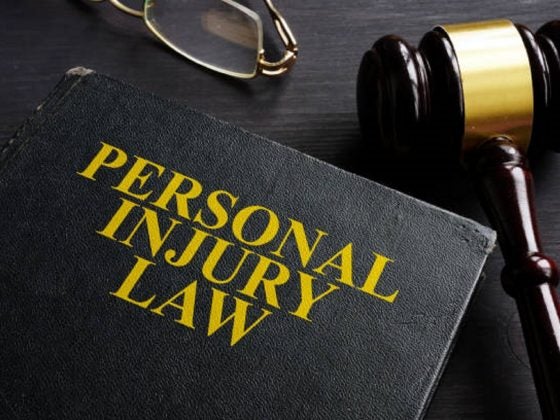When you’re considering filing bankruptcy, it is important to understand what triggers this action. Bankruptcy law generally deals with situations in which a person cannot pay their debts. In most cases, the person filing for bankruptcy is either a business or an individual that has filed for Chapter 7 or Chapter 13 bankruptcy. Individuals are legally required to file for bankruptcy when their debt exceeds the state’s limits on what can be repaid through personal income taxes and other exemptions. This amount is generally greater than a person’s ability to pay off the debts.
Chapter 7 bankruptcy is available to people who are eligible. It legally erases some debts and allows the person to start over with a clean slate. However, for many people, bankruptcy is not the best option for resolving their debt issues. Not only does it negatively affect their credit rating for up to ten years, but it also costs money and takes time that could be put towards paying off their debts instead of going through bankruptcy proceedings. When a person is considering filing for bankruptcy, they should carefully examine their options before doing so.
What is a Bankruptcy Petition?
Bankruptcy provides debt relief to both individuals and businesses. Businesses are referred to as corporations and they are different from individuals filing bankruptcy because they have shareholders that must be considered. Bankruptcy petition is the formal document filed by a debtor requesting the appropriate court for bankruptcy protection. This request must be made in the appropriate court that handles bankruptcy issues in your state, and is an integral part of the process after you have determined that you are eligible for a Chapter 7 or Chapter 13 bankruptcy filing.
Chapter 7 cases are referred to as liquidations. Bankruptcy procedures stipulate that a reorganized business be sold to pay off all debts. In most cases, the business’s assets are distributed evenly among the creditors, although in some instances, provisions for unsecured creditors may be made. An individual seeking financial relief must make several preparatory steps before filing for bankruptcy protection. He or she will have to gather court documents and information required to verify financial eligibility requirements and identify debts that they intend to discharge through bankruptcy petition processing.
What are the time frames involved in filing a bankruptcy petition?
The time frame for filing a bankruptcy petition depends on the Chapter you choose. A Chapter 7 bankruptcy case may be filed anytime within four years from the first creditor’s action. A Chapter 13 bankruptcy case may be filed up to five years from the date of the last payment made toward your unsecured debts. If you choose to file for an additional period, it must be justified as necessitated for good cause and approved by the court. If you are subject to a Chapter 7 filing and you have not completed your full repayment plan, you will have an opportunity to do so at the end of your filing period. Time extension would only be granted if it is considered necessary for good cause and granted by the court. An additional reason for requesting an extension is when serving processes on a large number of creditors poses difficulty.
What is a bankruptcy petition schedule?
The bankruptcy petition schedule consists of the forms that will be utilized in your case. Every debtor must fill out schedules before filing a bankruptcy petition. A large number of forms are needed due to the need for documentation to support your debt relief application. It is recommended that you fill out bankruptcy petition sheets in chronological order. Filing for an extension to file is possible if you are unable to complete your filing requirements within the time frame provided. This is the only reason why a debtor can request an extension. The debtor must be ready to submit a written application stating the reasons for requesting an extension. The court will then either grant or deny your extension requests.
Other Considerations When Hiring a Bankruptcy Lawyer:
If your case involves a business, it is important that you work with a reputable bankruptcy attorney. The role of the lawyer is to assess the adequacy of your plan, advise you of your options and assist you in preparing your petition if necessary. He or she will also help you through the process and will be there to provide guidance and support as you navigate this stressful time. Having an understanding of bankruptcy law as well as how legal procedures function is essential to avoid pitfalls that can arise during this trying time in your life.
You may wonder about the qualifications of a bankruptcy lawyer. When you search for a lawyer, it is essential that you hire someone who is knowledgeable in bankruptcy law. Some lawyers focus in this area of law, so be sure to ask if your chosen attorney has prior experience filing bankruptcy petitions and dealing with debt issues. A person will also want to ensure that the attorney they hire is well-versed in the court system where they intend to file their petition.
Conclusion:
Once a person has determined that they are eligible for filing for bankruptcy, they will need to know the bankruptcy petition process. A large number of forms will have to be filled out and the debtor must be prepared to bring certain documents with them when they file their petition. The court will assign a hearing date and the person is required to appear before the judge. The debtor will need to submit financial documentation and can expect to meet with a bankruptcy attorney after their petition is accepted. Ideally, they will follow the court’s advice and make sure that they understand their obligations when filing for debt relief.

















